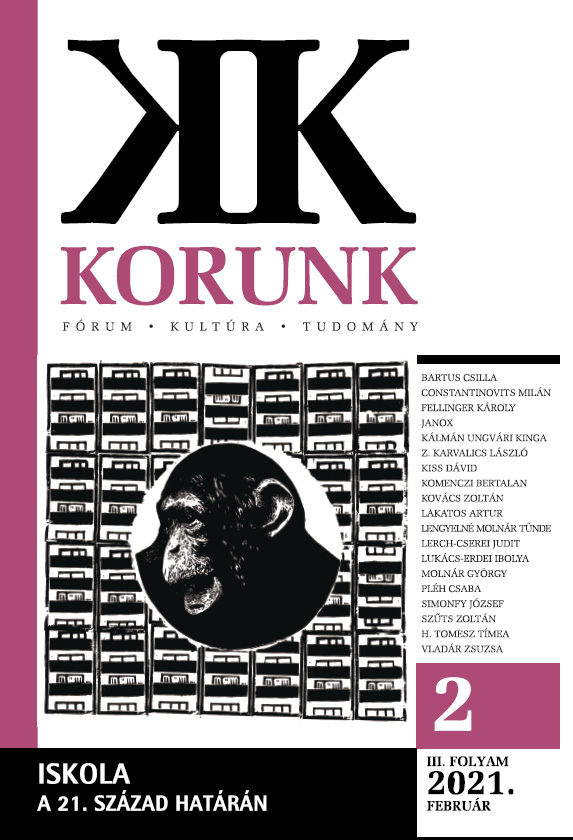A zsibói kastély festett dekorációi – Franz Neuhauser zsibói működése
Painted Decorations of the Jibou/Zsibó Castle – Franz Neuhauser’s Work in Zsibó
Author(s): Ibolya Lukács-ErdeiSubject(s): Visual Arts, History of Art
Published by: Korunk Baráti Társaság
Keywords: Zsibó castle; Transylvania; Baroque architecture; Franz Neuhauser; landscape painting
Summary/Abstract: The Wesselényi Castle in Jibou/Zsibó occupies a prominent place in the late Baroque architecture of Transylvania. However, it has received relatively little scientific attention and its murals and painted decorations have been studied even less. The construction history of the castle dates back to 1778–1810. Franz Neuhauser, the true pioneer of Transylvanian landscape painting, was a master in the design of interiors and the creation of painted decorations. Between 1803 and 1805 he completed five large paintings in the representative main wing of the Jibou/Zsibó Castle: Zsibó from the Rákóczi Hill (276×330 cm), Bear Hunting (155×276 cm), Rabbit Hunting by the Szamos Riverbank (130×276 cm), Wild Animal Hunting (265×276 cm) and Campfire (90×121 cm), which are reminiscent of Claude Lorraine’s style in their design and conception. Today, the canvases are preserved in the County Museum of History and Art of Zalău/Zilah, and, despite their poor condition of preservation, are of extreme importance. The paintings, whose significance is outstanding in the history of Transylvanian culture, present landscapes around Jibou/Zsibó, some members of the Wesselényi family and the newly completed castle.
Journal: Korunk
- Issue Year: 2021
- Issue No: 02
- Page Range: 96-101
- Page Count: 6
- Language: Hungarian

